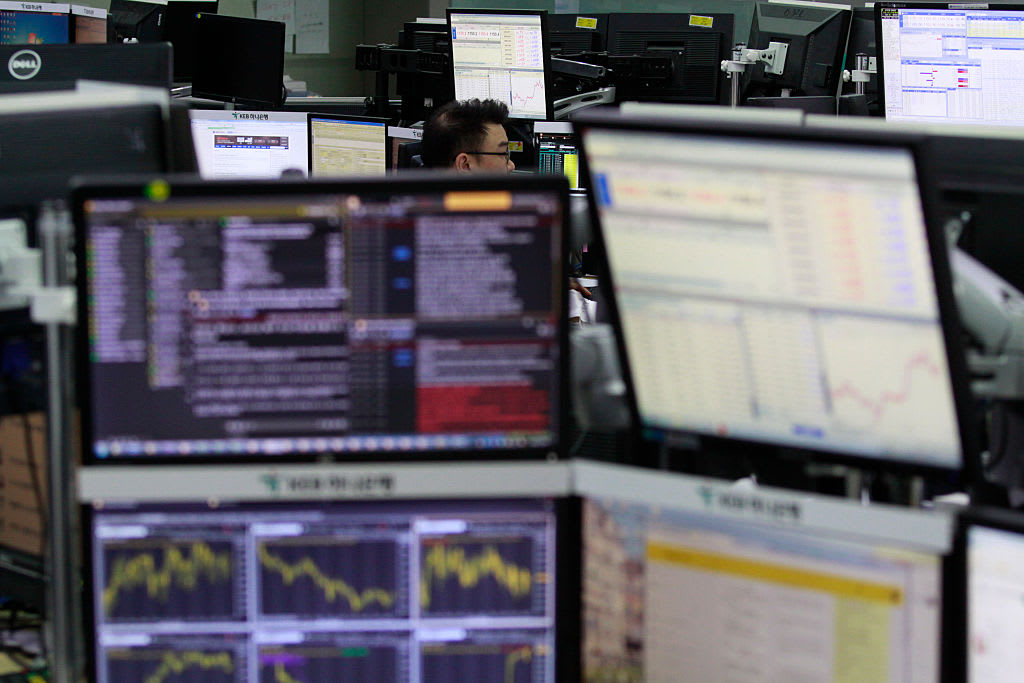
Asia markets saw muted gains on Thursday after the United States and China ended some uncertainties for the world economy by signing a partial trade agreement.
Japan’s Nikkei 225 rose 0.14% to 23,950.90 while the Topix index was fractionally lower at 1,730.15.
In South Korea, the Kospi index picked up a gain of 0.23% to 2,236.17 as shares of tech giant Samsung Electronics advanced 1.53% and Hyundai Motor jumped 3.48%.
Hong Kong’s Hang Seng index added 0.37% but the Chinese mainland markets struggled to climb. The Shanghai composite traded down 0.31% while the Shenzhen composite and the Shenzhen component both traded near flat.
Earlier this week, data showed Chinese imports from the U.S. rebounded in November and December.
Australia’s benchmark ASX 200 rose 0.6% as most sectors traded higher. The heavily-weighted financial subindex rose 0.9% as the country’s major banking stocks advanced.
“The ‘Phase-1’ deal has been inked, and the most positive aspect of the deal is that this materially diminishes uncertainty around US-China trade relations in the short-term,” Vishnu Varathan, head of economics and strategy at Mizuho Bank, wrote in a morning note.
Phase one trade deal
U.S. President Donald Trump signed a partial trade deal with China on Wednesday that takes steps to root out several practices by Beijing that has irked the White House and members of Congress from both parties.
Those include intellectual property theft and forced technology transfers from U.S. firms in exchange for Chinese market access. The deal also details a $200 billion increase in Chinese purchases of U.S. goods over two years.
Still, the deal is a “tentative truce and not a clean slate; and far from a lasting resolution,” Varathan cautioned, adding that there are more questions than answers regarding the monitoring and compliance mechanism of the trade agreement. “Provision for ‘remedial measures in a proportionate way’ is a reminder that risks of regressing are not off the table altogether.”
Currencies and oil
In the currency market, the U.S. dollar last traded at 97.202 against a basket of currencies, moving little from its previous close at 97.229.
The off-shore Chinese yuan, traded outside the mainland and not as tightly controlled, changed hands at 6.8877 against the greenback, down from an earlier level of 6.8918.
Both the dollar and the off-shore yuan had “modest reactions” after the world’s two largest economies signed the partial trade deal, according to Richard Grace, chief currency strategist and head of international economics at the Commonwealth Bank of Australia. “There are some medium-term implications that should drive (dollar/off-shore yuan) slightly higher.”
Elsewhere, the Japanese yen traded at 109.92 against the dollar, weakening from levels below 109.60 in the previous week. The Australian dollar was at $0.6908, advancing from an earlier low of $0.6899.
Oil prices rose during Asian hours. U.S. crude futures gained 0.69% to $58.21 per barrel while international benchmark Brent added 0.72% to $64.46.
